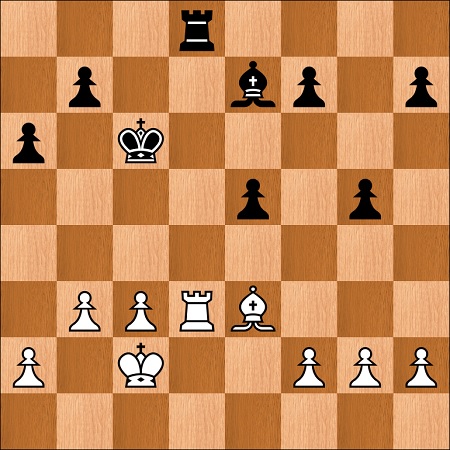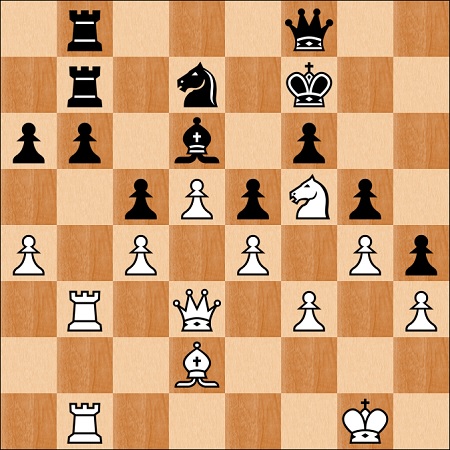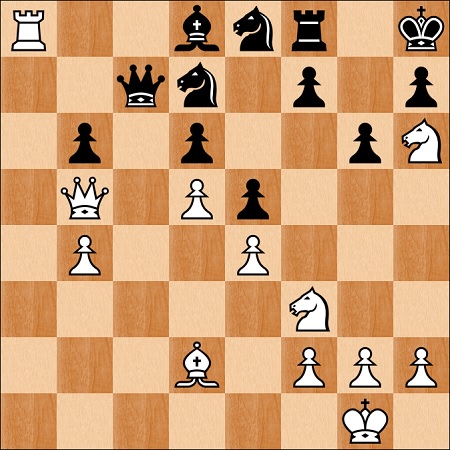One of the problems with many chess products is that they are pitched at the wrong level for the intended audience. Club players, for example, fall largely in the 1400 to 2000 bracket, with some outliers on either side of this. The authors, on the other hand, fall largely in the 2300 to 2700 bracket, again with some outliers on either side. This kind of gulf is obviously going to be a problem unless the authors have a very good understanding of what their audience needs. It should be clear that it isn't 30 moves of theory, but all too often that's what their books and videos contain.
I am also guilty, at least to some extent. When commissioned to write books, for example, I've often gone beyond what the target audience needs. Yes I try to provide explanations and present simpler lines where possible, but I know only too well that I'm not addressing the lines that club players will face in their games. In the Sicilian, for example, it's rare for club players to play the open lines with 2.Nf3 and 3.d4. Far more likely is the Grand Prix Attack, with 2.Nc3 and 3.f4, or maybe the Alapin with 2.c3. The 3.Bb5 lines have received a lot of coverage in different opening repertoires, so these are also played quite a lot.
What will you find in the books? Well my new book on the Accelerated Dragon (1.e4 c5 2.Nf3 g6 3.d4 cxd4 4.Nxd4 Nc6) was devoted mainly to the open lines (2.Nf3 and 3.d4) but just a few pages to 2.Nc3 and 3.f4 and the other sidelines. What's my excuse for this imbalance? Well actually it's unusual to devote any space to sidelines, readers will usually be directed to another book. I'm also guilty of presenting some long variations in my section on the Maroczy Bind (1.e4 c5 2.Nf3 g6 3.d4 cxd4 4.Nxd4 Nc6 5.c4), but I'd argue that Black's best defence demands this level of coverage. Not that any of this will happen in club games.
Training Tournaments
This week's training tournaments are in the French Defence, one of the most solid defences to 1.e4 which also offers chances of counterplay:
Sunday June 1st at 5pm UK Time: QGD 5.Bg5 Be7
Sunday June 1st at 6.15pm UK Time: Meran 5.e3 Bd6
My Upcoming Events
There's nothing new from last week.I'm still thinking about playing in the World Senior Championships in Gallipoli in October, if I win enough money to fund it.
Here is how things look now:
June 13-15 2025: South Lakes Congress
I've added this one to my schedule, mainly as a warm-up for Cesme. You can find details here.
June 23-29 2025: 11th Cesme International Open
This strong open event, in Izmir in Turkey, promises to be a real challenge. I'll be going a couple of days early because I can get a cheap flight, but the city looks very interesting and well worth a visit.
July 31 - August 10 2025: British Championships
As mentioned I've gone for the Championship itself rather than one of the old folks sections. Obviously this will be full of underrated juniors, I'll just have to play better against them this time! You can find details here.
August 23 - 30 2025: San Cristóbal de La Laguna, Tenerife
This looks like a great event and I'm really looking forward to it. Travelling back is a bit tricky because the direct flights were very expensive, finally I found a flight back to Glasgow from where I can take a train!
September 5-7: Hull 4NCL Congress
I'm a big fan of 4NCL Congresses because they are played in nice venues, they're invariably well organized and they offer free entry and accommodation to GMs. You can find details here:
I'll be looking for things after September, not sure when or where!
Twitch Channel
My new Twitch channel will have new shows every Monday ('Chess Questions Answered), the Webinar on training tournaments and games is up on Fridays. Please follow it if you'd like to get updates etc, all the shows will be available to Premium members in the Tiger Chess members area, even when they are no longer available on Twitch.
Have a good weekend.
Nigel



